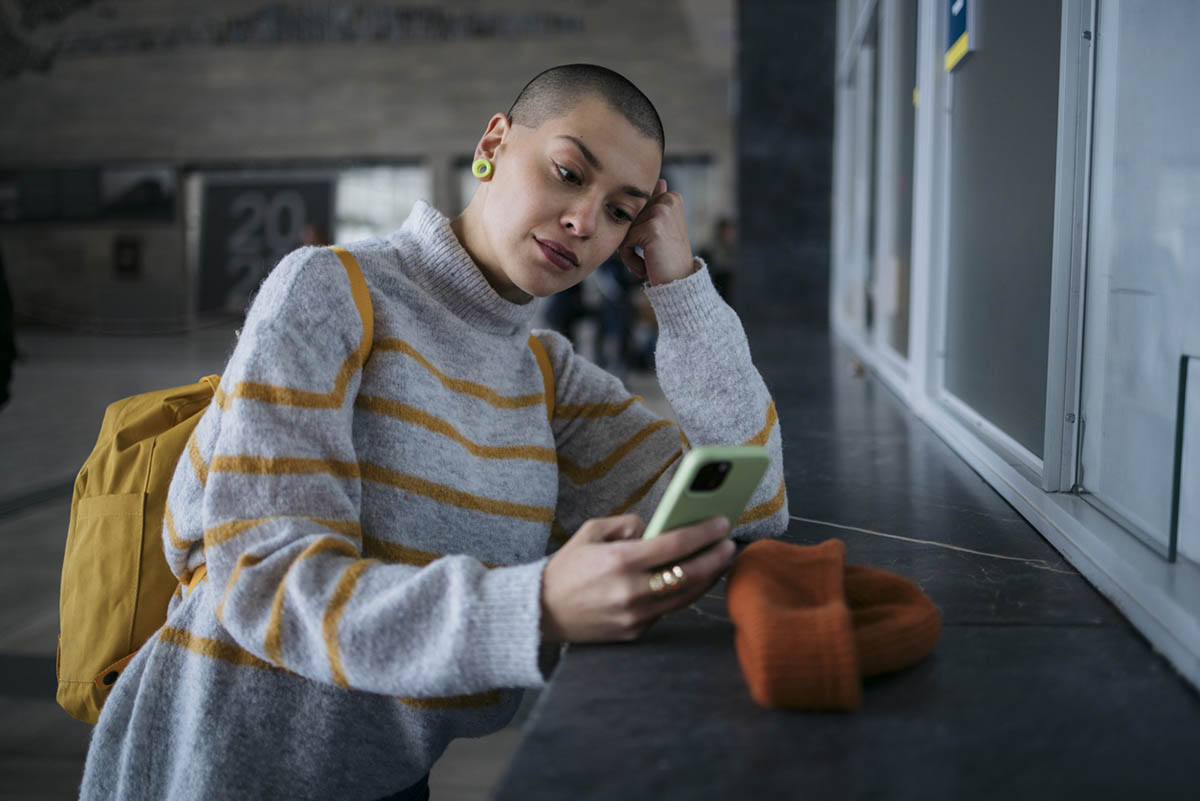Objective: Pathological gambling (PG) is a disabling disorder experienced by approximately 1% of adults and for which few empirically validated treatments exist. This study examined the efficacy and tolerability of the opioid antagonist naltrexone in adults with PG who have urges to gamble.
Method: An 18-week, double-blind, placebo-controlled trial was conducted to evaluate the safety and efficacy of 3 doses of oral naltrexone for PG. Seventy-seven individuals with DSM-IV-TR PG were randomly assigned to naltrexone (50 mg/day, 100 mg/day, or 150 mg/day) or placebo. Subjects were assessed with the Pathological Gambling Adaptation of the Yale-Brown Obsessive Compulsive Scale (PG-YBOCS), the urge and behavior subscales of the PG-YBOCS, the Gambling Symptom Assessment Scale (G-SAS), the Clinical Global Impressions-Severity of Illness scale (CGI-S), and measures of depression, anxiety, and psychosocial functioning. Data were collected from September 2002 to June 2005.
Results: Outcomes did not significantly differ between the various doses of naltrexone. Subjects assigned to naltrexone had significantly greater reductions in PG-YBOCS total scores (p = .0094), gambling urges (p = .0053), and gambling behavior (p = .0134) compared to subjects assigned to placebo. Subjects assigned to naltrexone also had greater improvement in overall gambling severity (reflected in the CGI-S scores) (p = .0080) and in psychosocial functioning (p = .0177) than subjects assigned to placebo. A completer analysis (N = 49) demonstrated significantly greater improvement on all variables for subjects assigned to naltrexone. A sex analysis demonstrated that men and women did not differ significantly in their response to naltrexone.
Conclusion: Subjects assigned to naltrexone demonstrated statistically significant reductions in gambling urges and behavior in PG. Low-dose naltrexone (50 mg/day) appeared as efficacious as higher doses (100 mg/day and 150 mg/day), and all doses were well tolerated.
Please sign in or purchase this PDF for $40.00.




